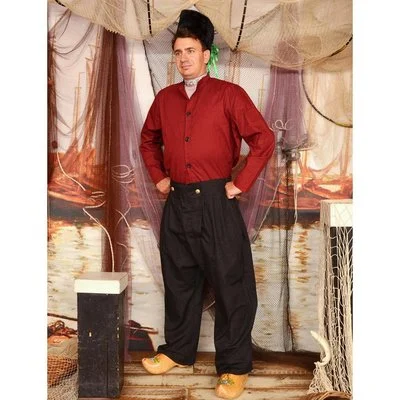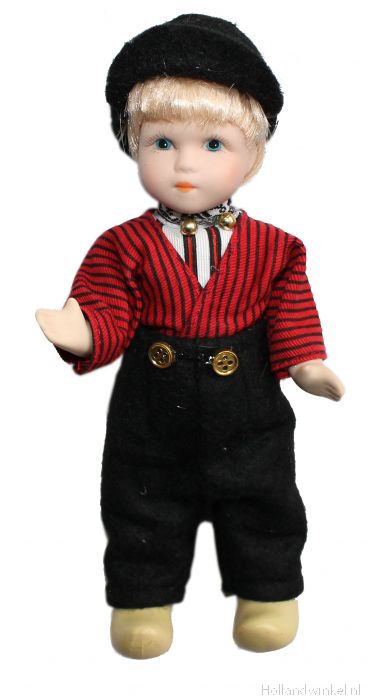

Dolls and especially baby dolls are not particularly gendered, only through small features like lashes or lip coloration, the gender might be implied. In the case of the Dutch doll, the gender is shown through her clothing, hair, and red lips. In the earlier article ‘Collecting Dolls’ the examples of supplementary dolls were female presenting as well. These examples were chosen because they are similar to the 3D model, but further, when thinking of dolls, one is often enticed to think of them as girly and dainty toys (Kenny, J., 2024).
From dolls like Barbie, one knows the male counterpart Ken as an accessory or appendage. Given that the Dutch doll represents Dutch culture and values, a married woman evidently should have a counterpart, a husband.
On the one hand, society has inculcated the understanding of a woman as the other part of a man, and therefore not as a whole without her counterpart. On the other hand, because dolls were a long time presented as girls’ toys, and their chance to prepare for motherhood early on, one might not expect a male doll (Richardson, A., 2022). The traditional costume of Volendam of course does not only have a girls and women variant, but also a male variant. To this doll, there are male counterparts in traditional clothing. When looking specifically for them you can easily find them, but the prioritized presentation of female dolls is evident. The representation of the traditional male costume of Volendam through dolls is rather brief, compared to the female one. The cultural values and norms for males differ of course as well. From the male doll’s appearance, one could not tell the marital status, for example. The representation and reproduction of values and norms are almost exclusively imposed on the female dolls that are handed to mostly girls and women. The emphasis on representations of the male costume might not be as urged.
